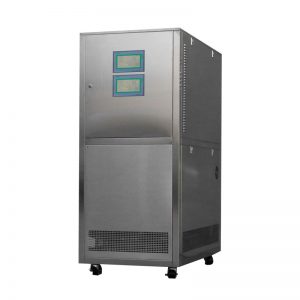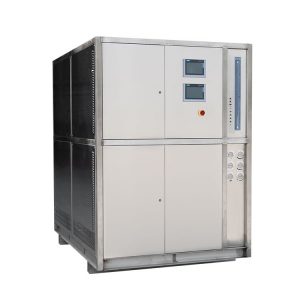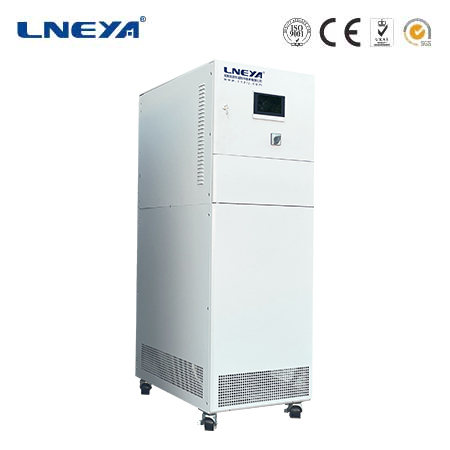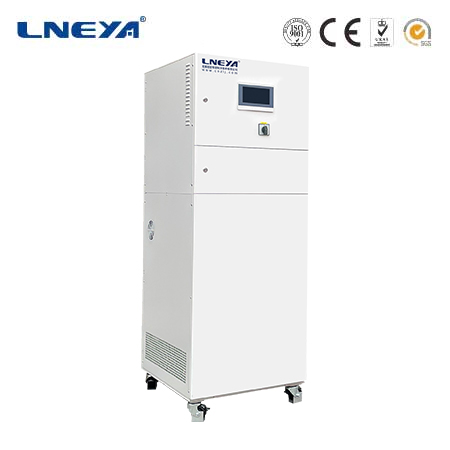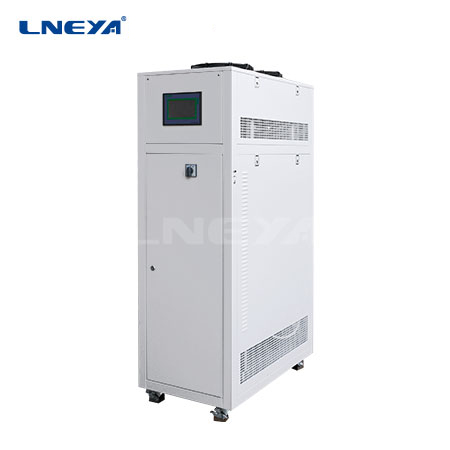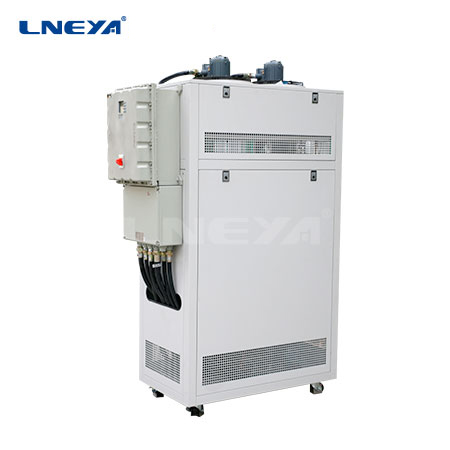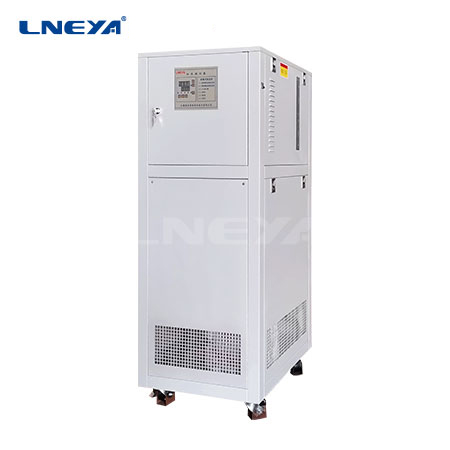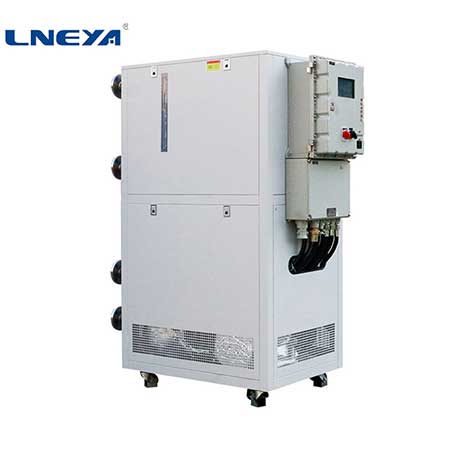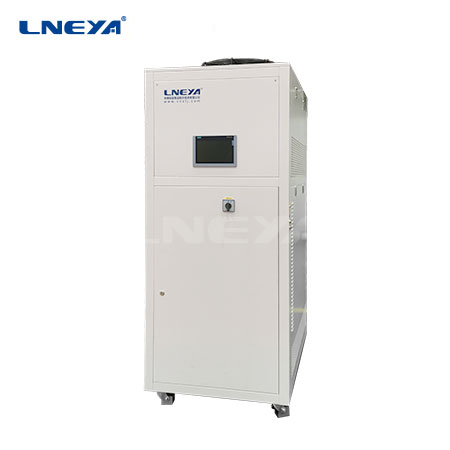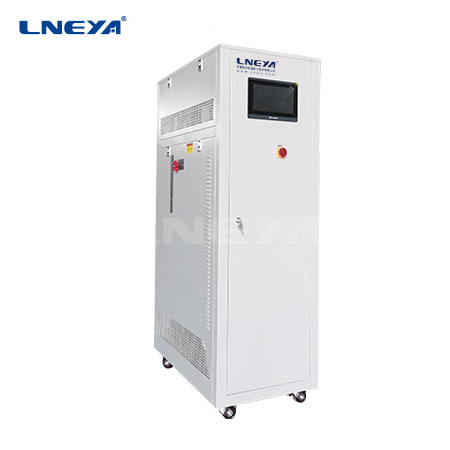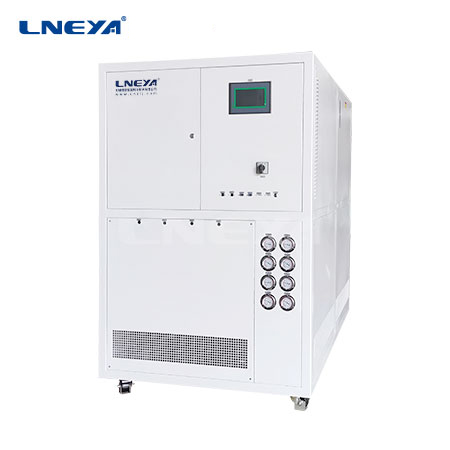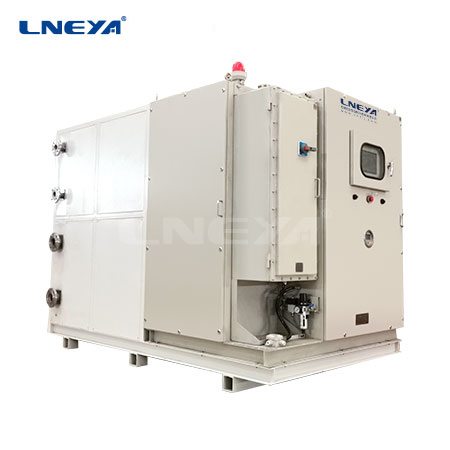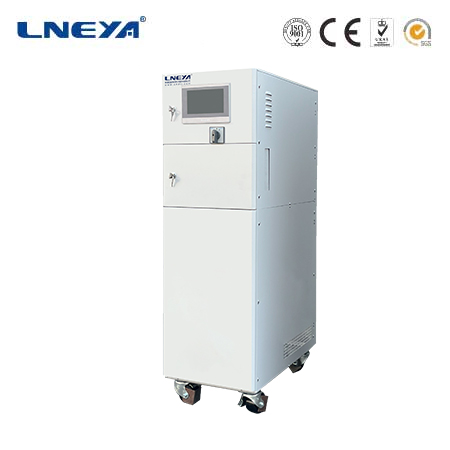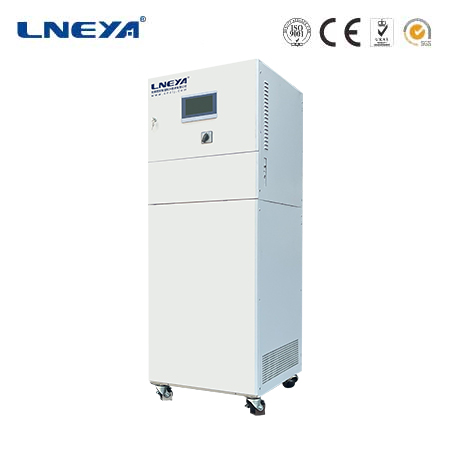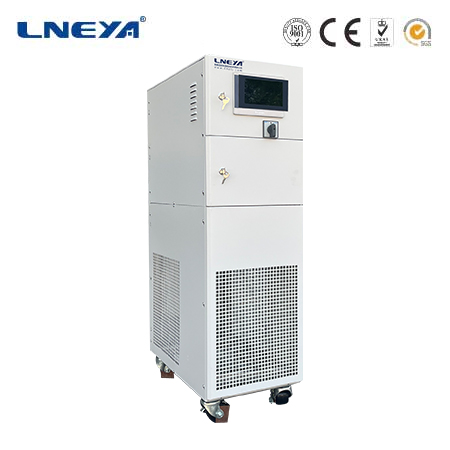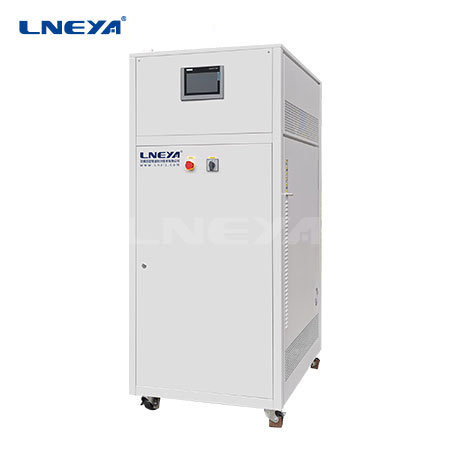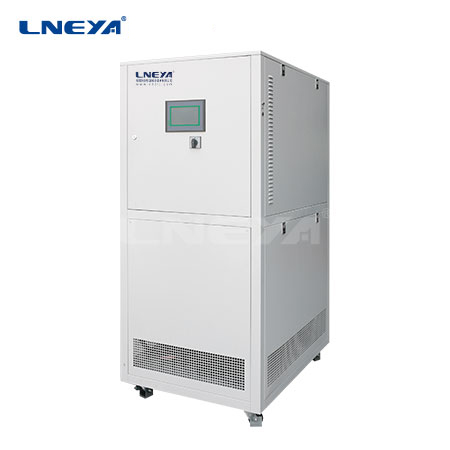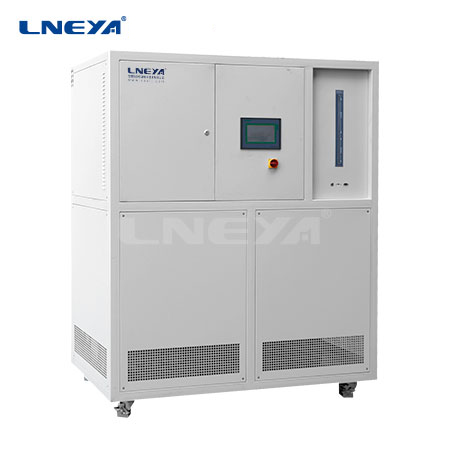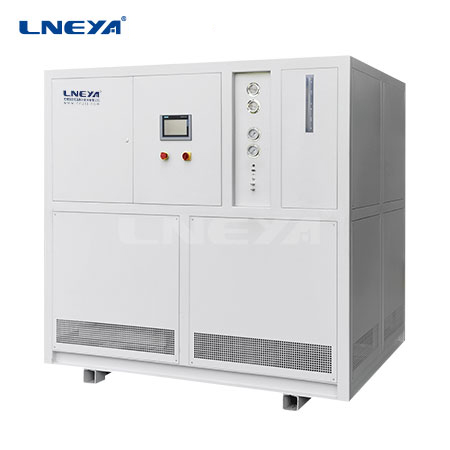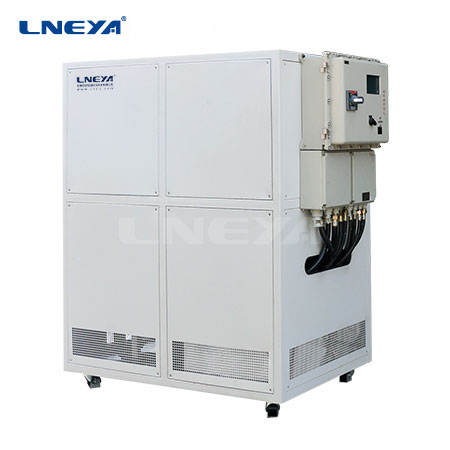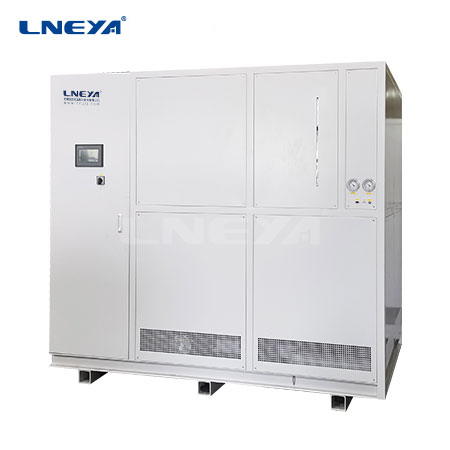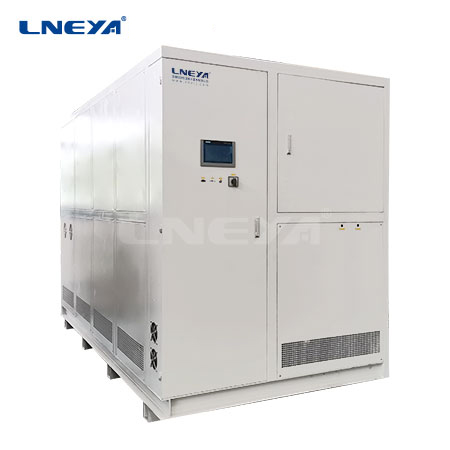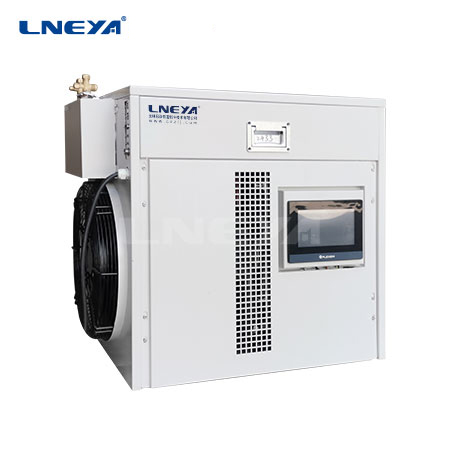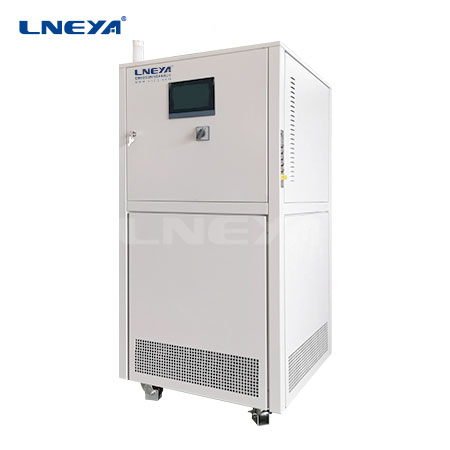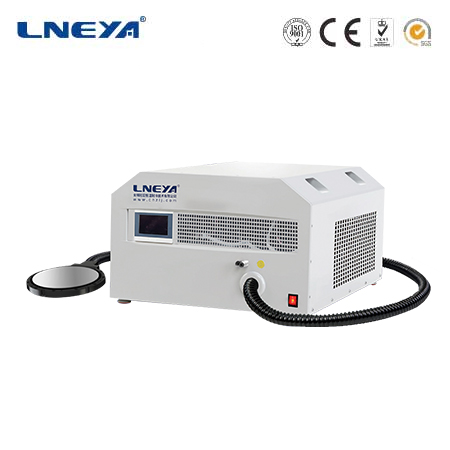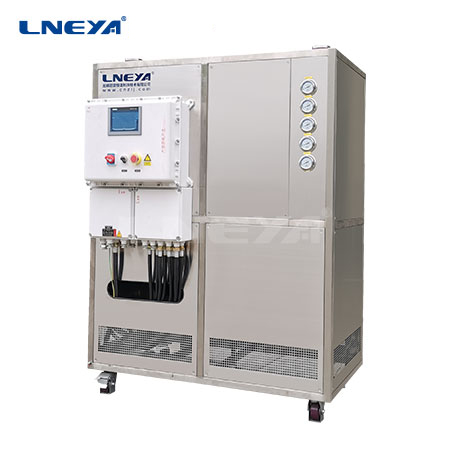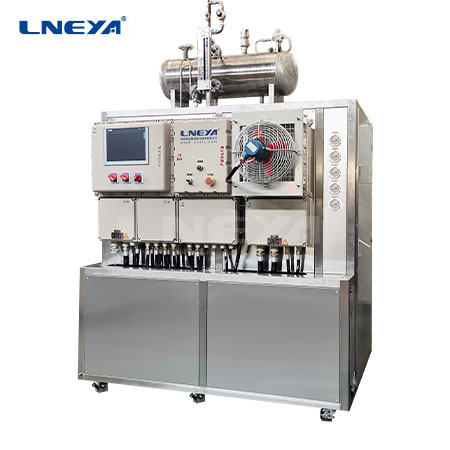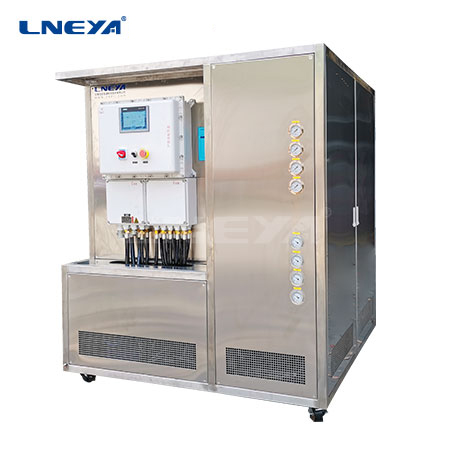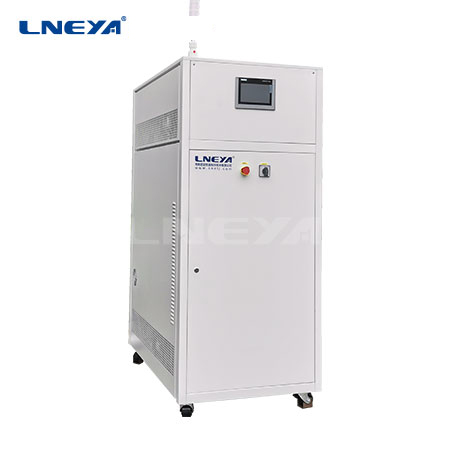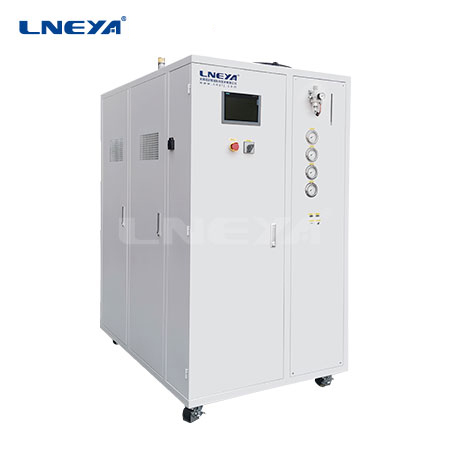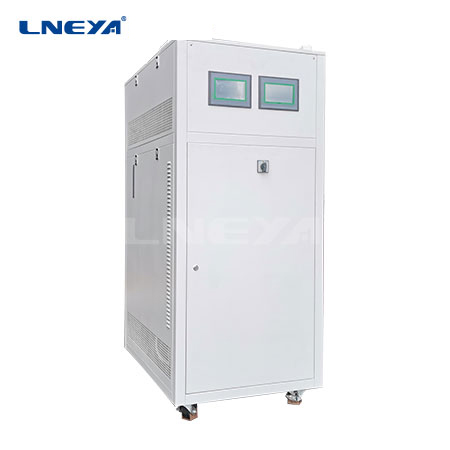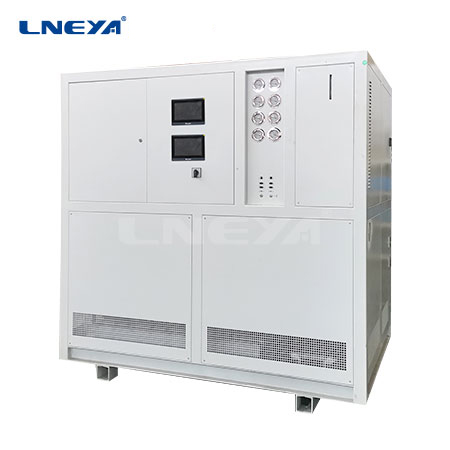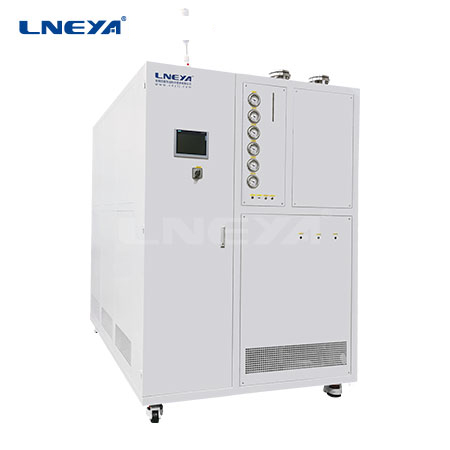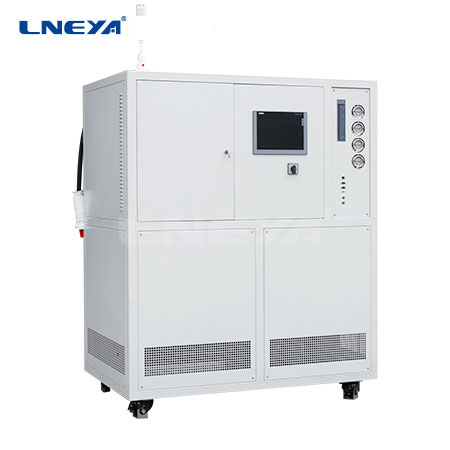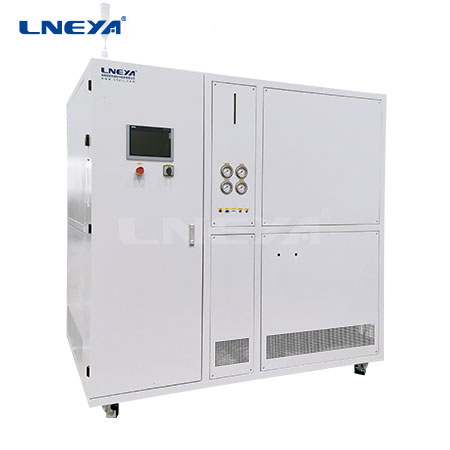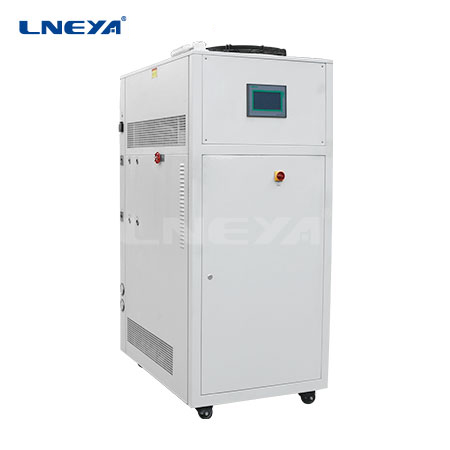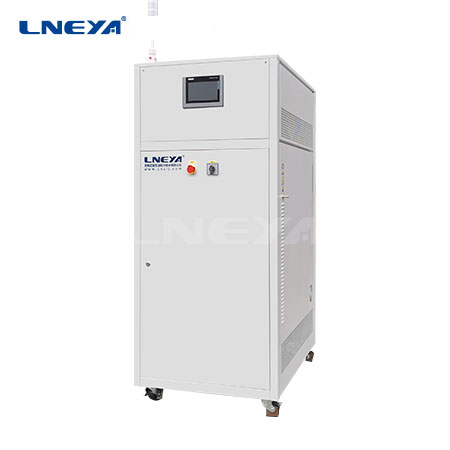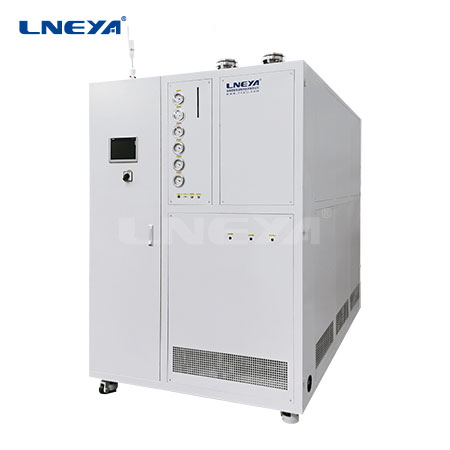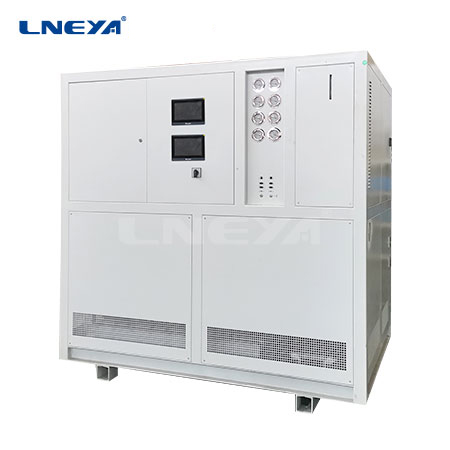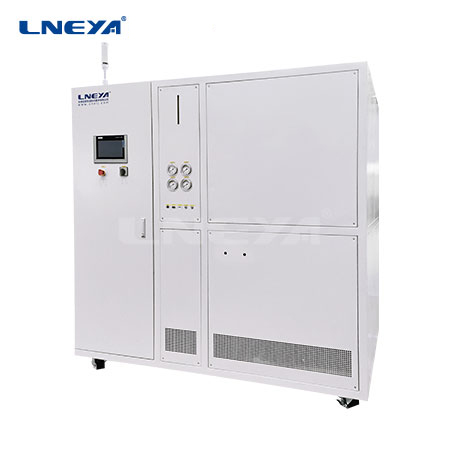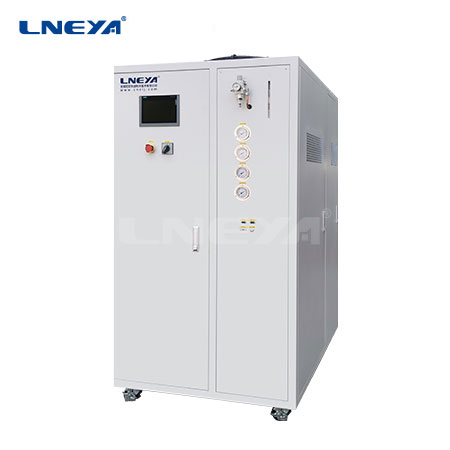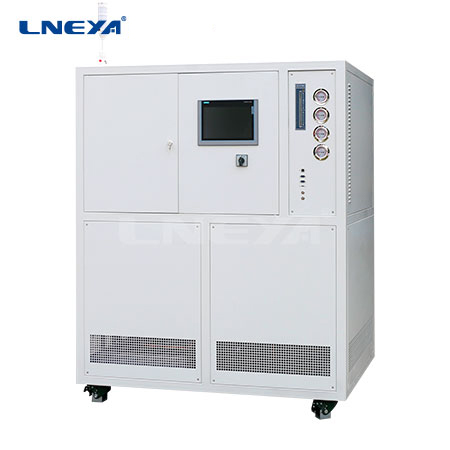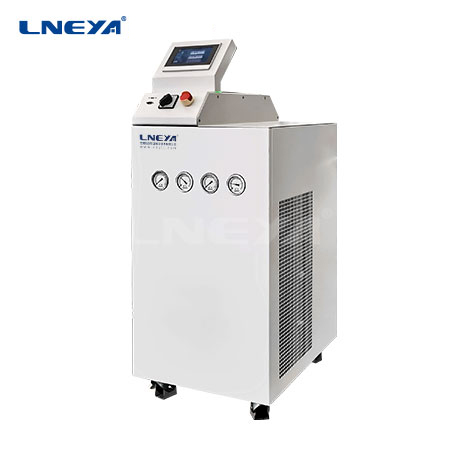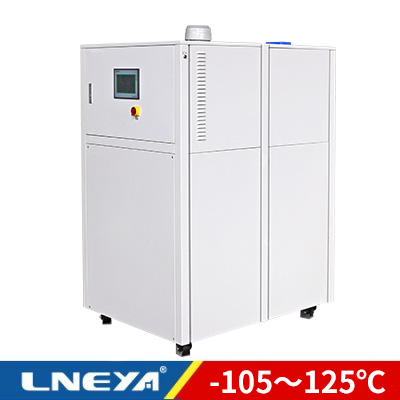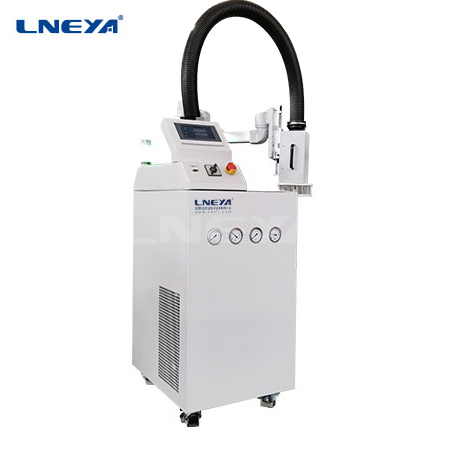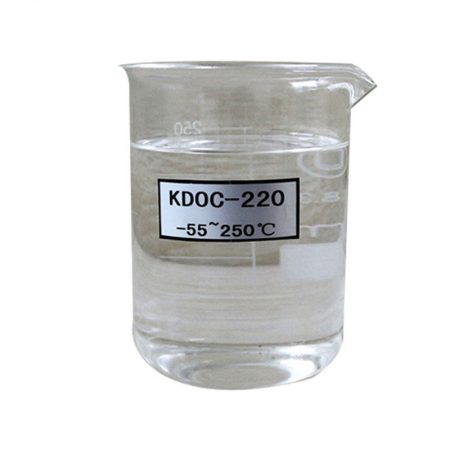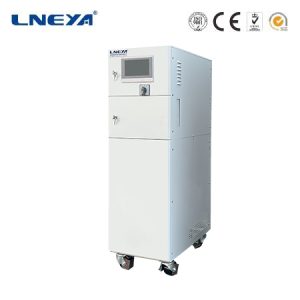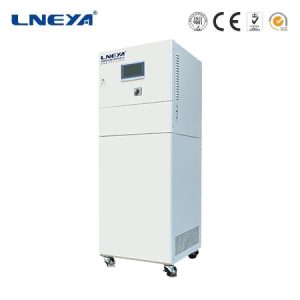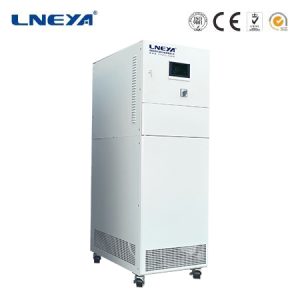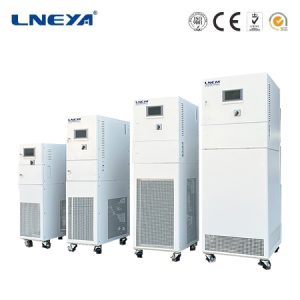Liquid Cooled Battery
The principle of liquid cooled battery
Liquid cooled battery refers to a battery that uses liquid cooling technology. Its principle is to control the temperature of the battery through circulating liquid cooling, thereby improving the performance and life of the battery. Compared with traditional air-cooled batteries, liquid cooled batteries can better ensure battery temperature stability and can withstand higher current and power output.
Advantages of liquid cooled battery
1. Efficient heat dissipation: Through liquid circulation cooling, the battery temperature can be better controlled and the operating efficiency and life of the battery can be improved;
2. High power output: Liquid-cooled batteries can withstand higher current and power output to meet higher power demands;
3. Strong stability: The temperature of liquid-cooled batteries is more stable, and the stability of the battery can be maintained during long-term high power output;
4. High safety: Liquid-cooled batteries can well control the temperature of the battery, thereby reducing the risk of battery overheating.
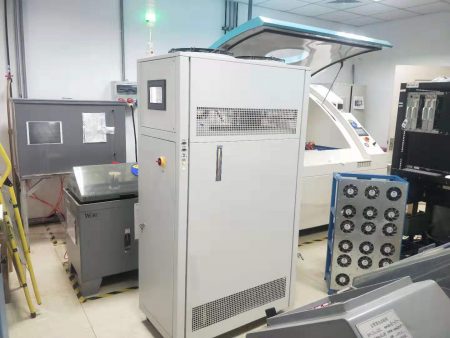
Applications of liquid cooled battery
At present, liquid-cooled batteries have been widely used in electric vehicles, drones, energy storage systems and other fields. Among them, electric vehicles are one of the main application scenarios of liquid-cooled batteries. Since electric vehicles require a large number of batteries, battery temperature management becomes an important issue in the design of electric vehicles. Liquid-cooled batteries convert infrared radiation energy into heat conduction through circulation cooling technology, thereby controlling the temperature of the battery and improving the performance and life of electric vehicles.
The structure of liquid cooled battery
Liquid-cooled battery modules are composed of battery cells, cooling pipelines, cooling media and control systems.
1. Battery cell: The battery cell is the core component of the liquid-cooled battery module. It usually uses potassium ion battery and consists of positive and negative electrode materials, separator and electrolyte.
2. Cooling pipeline: The cooling pipeline is responsible for flowing the cooling medium through the battery cells to absorb the heat of the battery. Cooling pipes are generally made of metal materials with good thermal conductivity and corrosion resistance.
3. Cooling medium: The cooling medium can be liquid or gaseous. Common liquid cooling media include water, ethylene glycol solution, etc. The gaseous cooling medium can be air or nitrogen. The cooling medium flows through the battery cells through the cooling pipes, taking away the heat generated by the battery.
4. Control system: The control system is responsible for monitoring the temperature and status of the battery and controlling the flow of cooling medium as needed. Control systems usually consist of sensors, processors and actuators.
Ofrecemos diseño y fabricación de sistemas completos de control de temperatura. Desde modelos estándar hasta productos personalizados completos de hasta 900 toneladas. Nos especializamos en el servicio al cliente y nos dedicamos a ayudar a cada cliente a tener el sistema de control de temperatura óptimo para su necesidad específica.
Ofrecemos soluciones personalizadas no estándar. Disponemos tanto de enfriadoras individuales como de unidades combinadas de refrigeración y calefacción.
Correo electrónico: info@lneya.com WeChat ID: +8615251628237 WhatsApp: +86 17851209193
 LNEYA
LNEYA
 简体中文
简体中文










